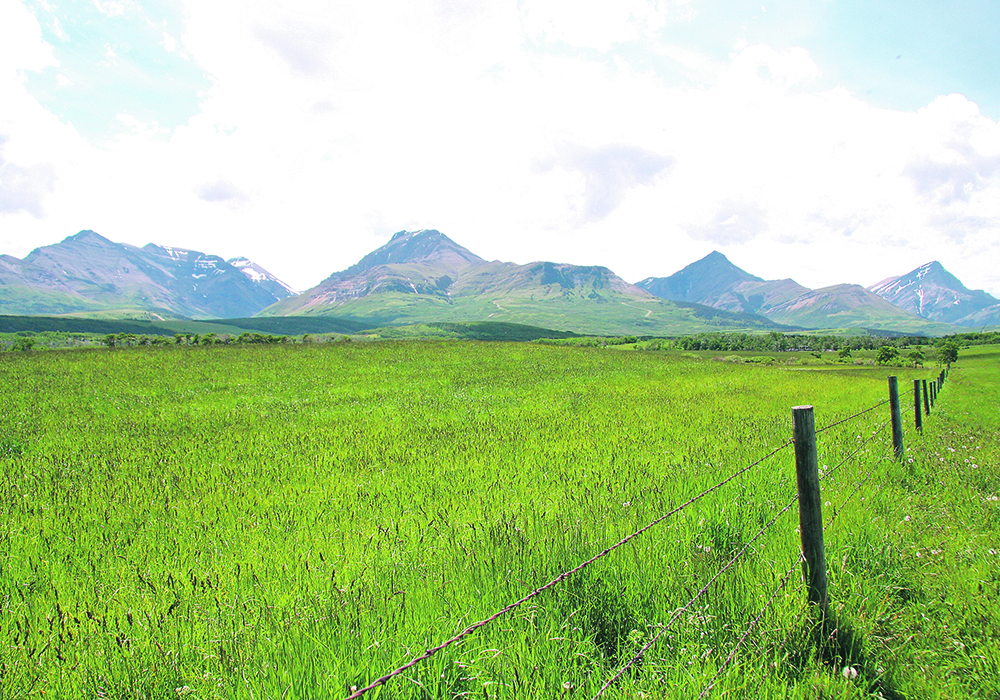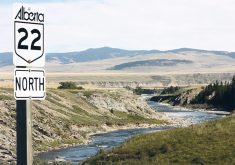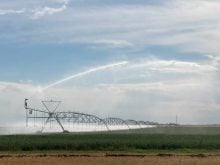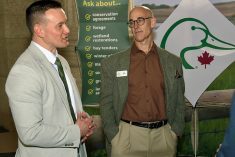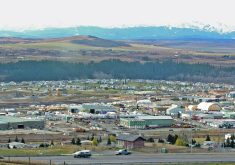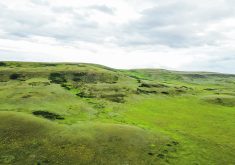Nature Conservancy of Canada says the 630 acres it has acquired near Waterton National Park will continue to be grazed
The Nature Conservancy of Canada plans to expand its stewardship of sensitive rangeland with its latest acquisition of 630 acres of land in southwestern Alberta.
NCC recently announced it has bought land near Waterton National Park to expand the organization’s conservation easements along Alberta’s Eastern Slopes region.
Sean Feagan, NCC spokesperson, said the purchase is composed of two parcels that help fill a conservation gap along the frontage of the national park.
“It will certainly still be grazed,” said Feagan, highlighting the critical nature cattle have in conservation of rangeland. “It’s important that local ranchers have access to grass and there is no net loss of grazing potential in this area.”
Read Also

Crop quality looks good this year across Prairies
Crop quality looks real good this year, with the exception of durum.
NCC conservation specialists will determine how best to do that, although Feagan doesn’t believe it will take too much time to arrange for a grazing lease.
He said a land access policy has yet to be determined but the precedent in the region is to allow the public to use the area.
NCC has focused much of its resources on the southwestern portion of Alberta in recent years, but Feagan said there is no set land acquisition goal.
“It’s all about building relationships, really trying to understand where that high quality habitat is left. In the case of easements, building those relationships and demonstrating that these easements work for landowners who live in the area and getting people to sign on,” he said. “In terms of purchases, it’s about understanding what’s out there on the landscape and then there is a bit of luck involved in terms of people wanting to sell.”
Feagan said southwestern Alberta has one of the most intact natural landscapes in southern Canada, which fits within NCC’s mission to preserve such rangelands.
“It’s part of the crown of the continent ecosystem, one of the last, most wild natural areas of North America,” he said. “It’s got many of the large mammal species that once had a much larger range. It’s a very special place. Lots of natural beauty and one of the greatest assets is there is lots of conservation-minded individuals living there who see the value of our work.”
While work will continue for NCC along the Eastern Slopes, Feagan said the organization continues to examine other parts of the province that might have the need and desire to see conservation initiatives as well.
NCC’s goals include doubling its impact nationwide by 2030 to support the goal to protect 30 percent of biodiversity in the country by then, conservation of an additional 2.47 million acres and support of Indigenous reconciliation through First Nation-led conservation initiatives.
NCC currently has 1.12 million acres of protected land in Alberta.




